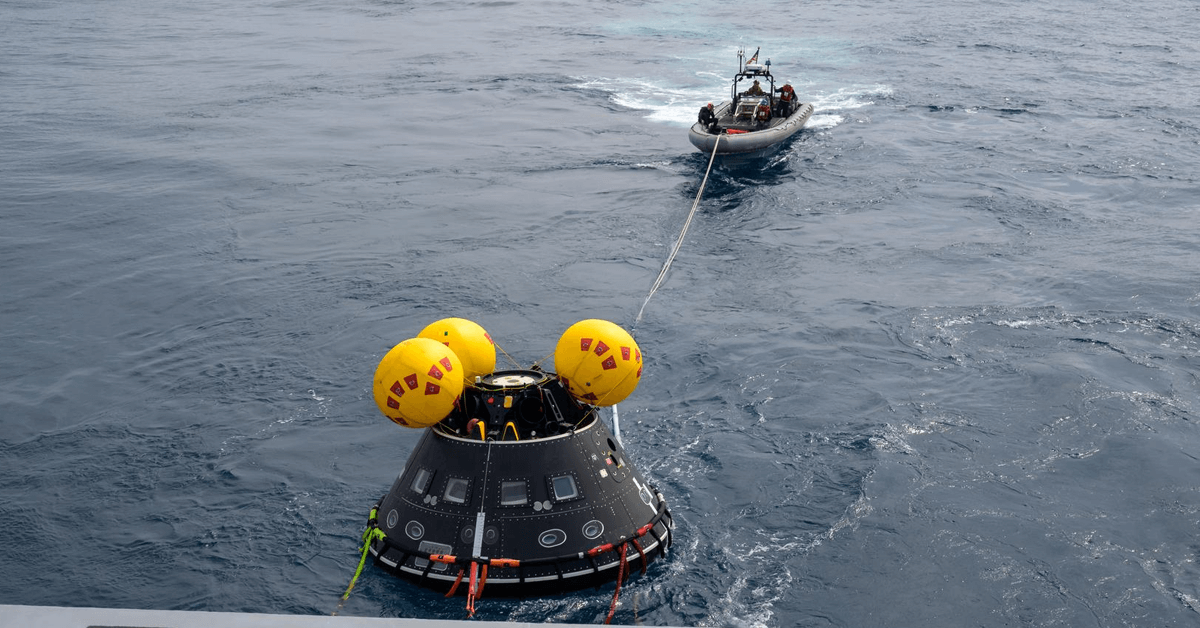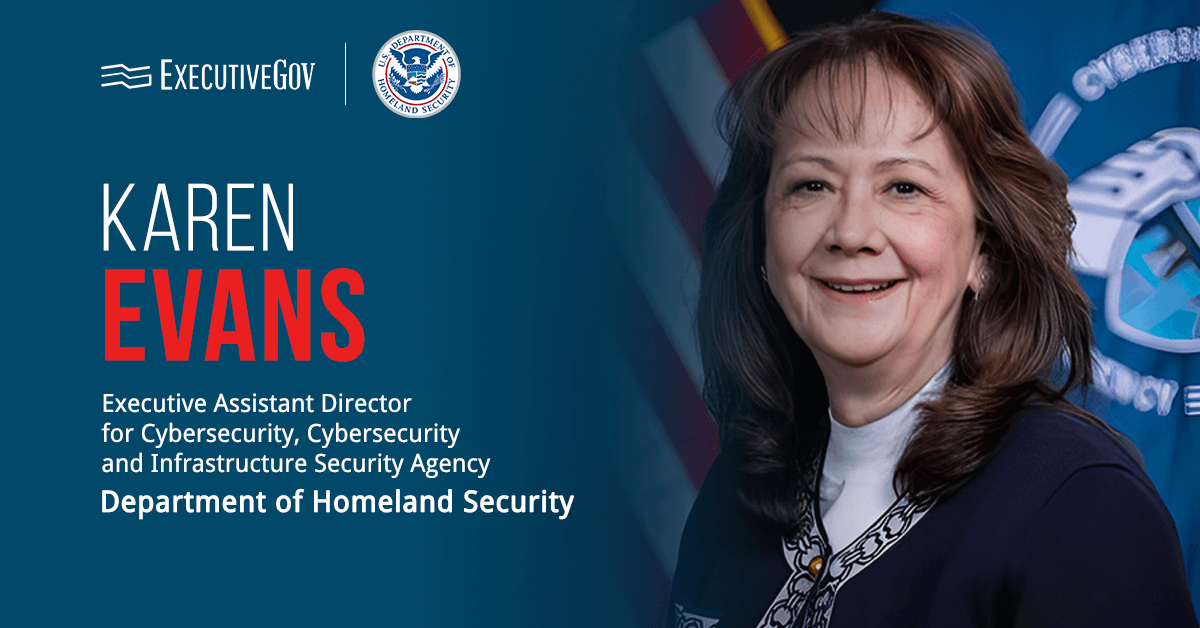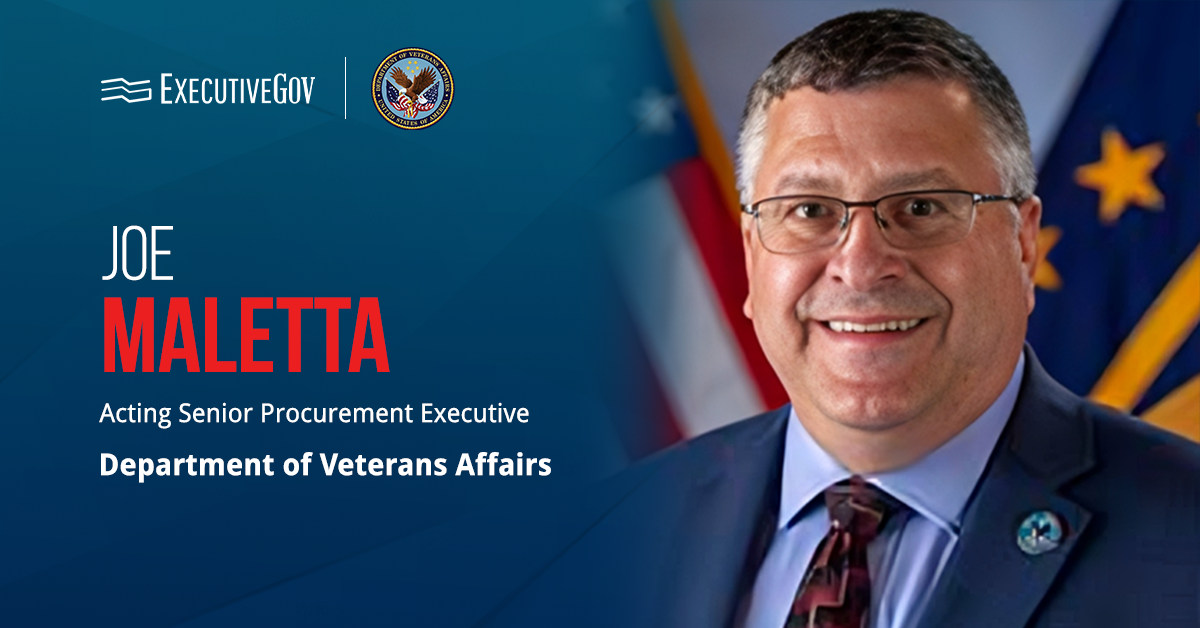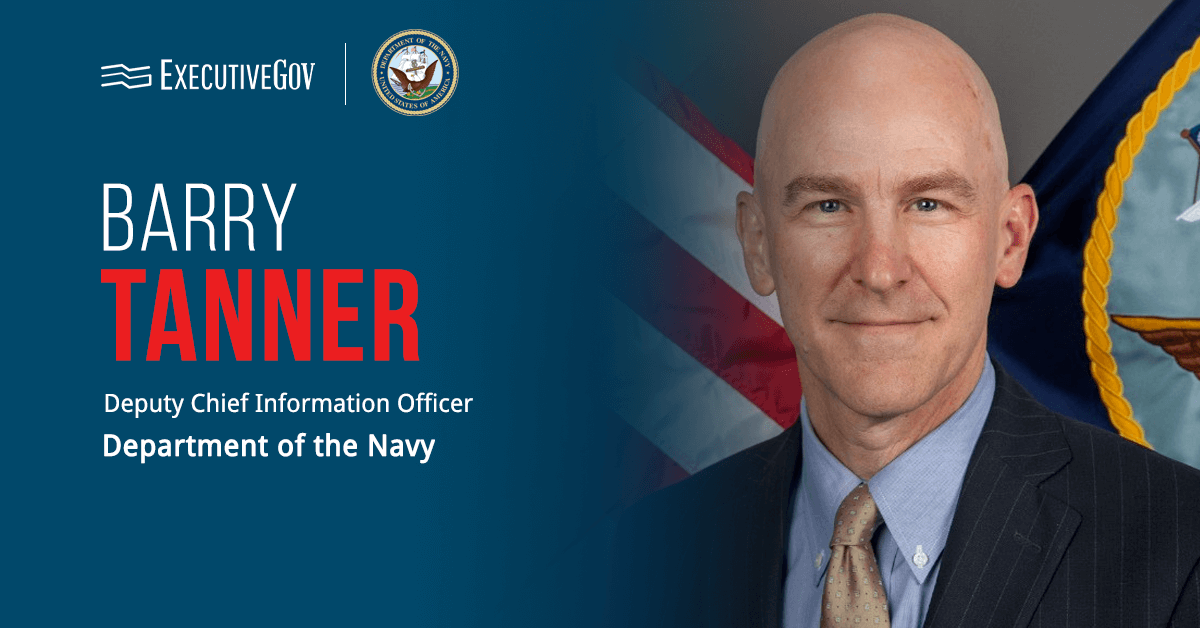Laurie Buckhout has been named deputy assistant secretary of defense for cyber policy at the Office of the Secretary of Defense.
The Department of Defense said Monday Buckhout was officially appointed on March 17. She will oversee the DOD’s cyberspace policy and strategy while maintaining external relationships within the government sector and with domestic stakeholders, allies and partners.
Who Is Laurie Buckhout?
Buckhout is a retired U.S. Army colonel with over three decades of experience serving in the government, defense and private sectors. She previously ran for a seat in the House of Representatives to represent North Carolina’s 1st Congressional District.
Before her foray into politics, she worked as a chief strategist at Castellum for over three years. She founded Corvus Consulting in 2012 and served as its president and CEO until it was acquired by Castellum in 2019. During her tenure at Corvus, Buckhout further established herself as a prominent figure in the fields of cyberspace, electronic warfare and electromagnetic spectrum, or EMS, operations.
Buckhout was a member of the AFCEA International Cyber Committee and the Commerce Spectrum Management Advisory Committee, where she advised on critical spectrum policy issues. The Army veteran also served on the board of directors of Student Veterans of America and was a member of the team conducting the 2013 Defense Science Board Summer Study on 21st Century EMS Operations. She also served as president of the Association of Old Crows, senior director of defense business development at TASC and VP at Lanmark Technology.
She started her 26-year military career in 1984, most recently serving as chief of the Army Electronic Warfare Division until her retirement in 2010. Buckhout also served as an action officer within J6 on the Joint Staff.
As the commander of the 32nd Signal Battalion, Buckhout led over 600 soldiers in combat in Iraq. Before that, she held the position of presidential communications officer within White House Communications.












